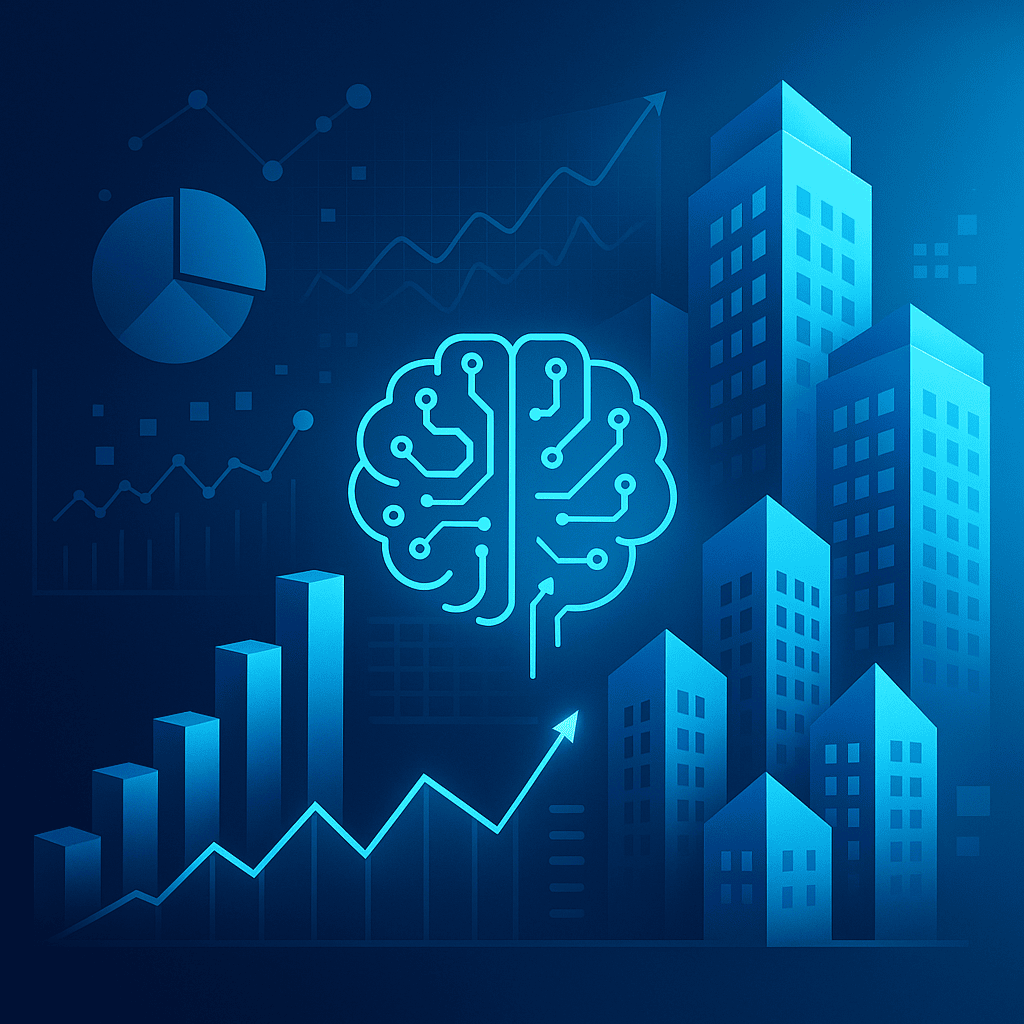ChatGPT: Advanced search now connects to SharePoint
ChatGPT now offers native integration with SharePoint (in beta for Plus, Pro, and Team users). This feature makes it possible to conduct in-depth searches of internal documents, to generate summaries, briefs or analyses based on data stored in SharePoint — while respecting access rights. A significant time-saver for teams working with information spread across multiple sites or departments.


















.png)